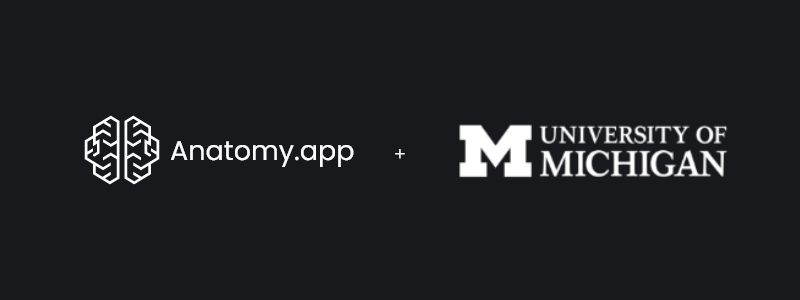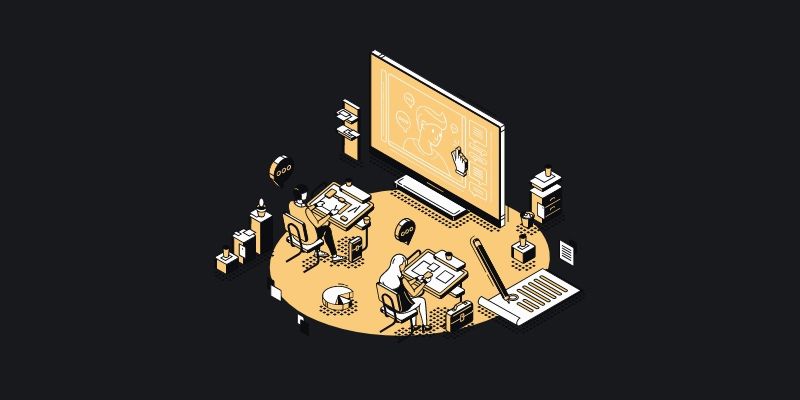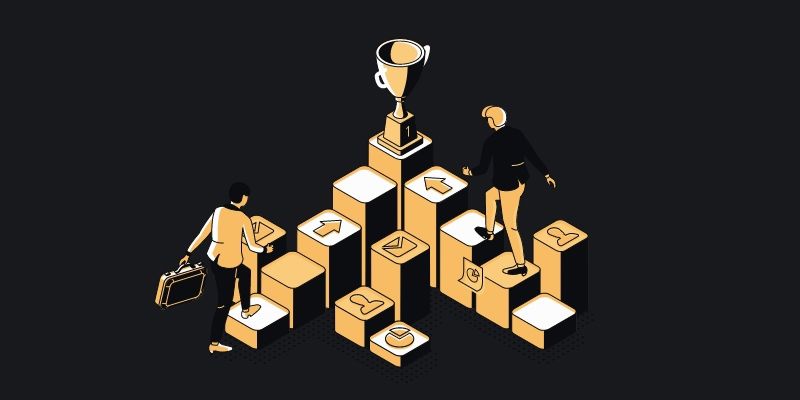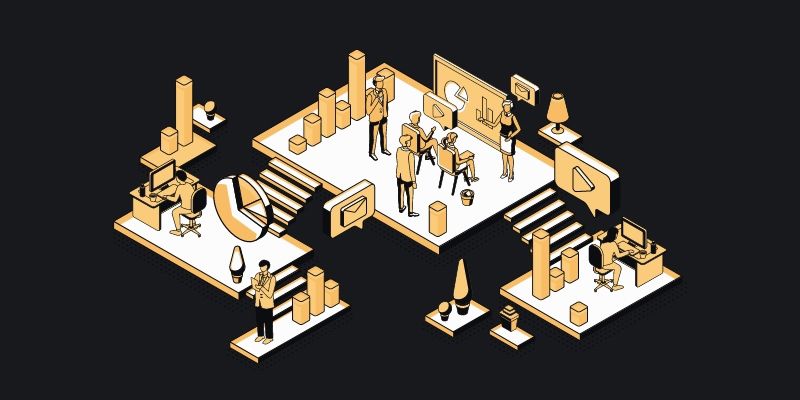Case study: Anatomy.app x UMICH

In 2020, anatomy.app started a collaboration with the University of Michigan School of Dentistry, the leading dental school in the United States, to help them solve multiple teaching and learning challenges. Now, after approval from the School curricular committee, anatomy.app is fully integrated into the dental anatomy course permanently. The students’ assessment results show that it’s a good idea.
“Anatomy.app saves students’ time, they are learning faster. They don’t have to be in the lab for four hours, just struggling to get feedback anymore. Everything is available to them online at any time. As a result, the lowest scores for students have become higher than they were in the previous years before we started using anatomy.app,” says Elisabeta Karl, Clinical Associate Professor of Dentistry at the University of Michigan School of Dentistry.
The dental anatomy summer course at the University of Michigan School of Dentistry is only 8 weeks long, and that includes teaching, review, and exam sessions. The course brings together 110 students from all over the world. Having Anatomy.app in the course allows faculty, students and staff to use the time and involved personnel more efficiently.
Even in normal circumstances, it is an intense course with tight logistics and a high workload for everyone involved. In February 2020, the Covid-19 pandemic created additional troubles for international student mobility and required the School to set up a system for remote teaching and learning. Anatomy.app has helped manage these challenges. In addition to that, student assessment results have actually improved.

Access to quality resources
Anatomy.app is an online anatomy teaching and learning platform with a vast library of interactive 3D anatomy models that have been developed based on radiological data. This library can be fused with any anatomy course curriculum to help students connect the abstract anatomy knowledge gained from textbooks and lectures with real anatomical specimens.
Multiple ways to learn
When the University of Michigan School of Dentistry decided to add the anatomy.app platform to their summer course offering, the company’s team met with the faculty to understand their needs. The platform was then quickly tailored to align with their Dental Anatomy course curriculum, lectures, and handout materials.
During the course, students attend lectures and get summaries of dental anatomy landmarks in their handout materials. The web platform provides an additional way to learn the same material – each of the methods supports the other two. The same information a student would find in a handout material is also featured on the platform.
While a handout material features printed images, the platform displays the relevant 3D model alongside the text. All of the models are interactive, and students can pan, rotate, and zoom in to look at them closer – just like working with a lab specimen.
Linking theory and practice
Professor Karl highlights linking theory and practice as one of the things students struggle with. It’s often problematic for them to transfer information from enlarged 2D illustrations found in dental anatomy textbooks to smaller 3D real-life specimens. On top of that, the depictions mostly feature idealized perfect teeth without fractures and wear.
Using real-life teeth might seem like an easy solution to this problem, but suitable specimens are hard to come by, they need to be shared between students, and they are fragile. It’s not uncommon for nervous or clumsy students to drop the specimens during exams, thus ruining them.
With anatomy.app, the students of the University of Michigan School of Dentistry can freely explore 3D models of teeth that are based on real scans and feature multiple levels of wear. They can do so at their own pace since they don’t have to share the specimens with other students, and the models are available to them outside the lab – anywhere with an internet connection.

More independence, more collaboration
The web platform provides the students with an unprecedented amount of flexibility and time that they can spend studying the specimens individually. Still, some concerns might arise about them missing out on discussion among their peers.
In reality, an unexpected effect of using the digital platform was that it also improved collaboration among students. Professor Karl observed that students were now learning together: “We never had that before, and we didn’t expect that to happen. They use screen sharing, and study groups look at the same thing together. This makes additional improvements because of helping each other.”

Improved staff work experience
The summer course differs from a conventional academic process in another way – the season. Summer vacation is the time when the faculty can focus on their own research interests or just take some time off to enjoy the good weather. So ensuring that the course is adequately staffed can sometimes take some effort. Professor Karl estimates that the use of anatomy.app has reduced staff workload by about half, giving the administration more flexibility with staffing.
The introduction of new teaching and learning tools has also made the prospect of teaching in summer more appealing. It has reignited experienced professors’ interest in their subject. “In dental anatomy, there are no discussions, no new findings. Dental anatomy doesn’t change, and it’s a boring subject!” Professor Karl laughs. “But now we are discussing how to use the platform to discuss the anatomy of human teeth. The dental anatomy team had more fun, and we became more enthusiastic about our subject.”

The hybrid is here to stay
When asked about the challenges of using digital tools in anatomy classes, Professor Karl says that some are not convinced that working with digital models, even detailed ones, will give students the skills they’ll need with actual patients. However, results from the two preclinical courses that students take after their dental anatomy course show that their skills are as good as from previous years’ cohorts that used real specimens.
Some students were also worried that their ability to participate was limited by their access to a good enough internet connection. Unfortunately, for a course with students in so many parts of the world, little can be done centrally to change that. However, Professor Karl highlights that without the remote option, many students would not have been able to participate in the course at all due to the travel and gathering restrictions caused by Covid-19.
In conclusion, Professor Karl reflects on the work during these past couple years and how it might continue. “In 2020, when the pandemic started, we had to move the entire course online. In 2021, we used a hybrid format and were at least able to bring our students in for the exams. This year, we will be back in class. Anatomy.app has become an integral part of our teaching and learning process, and we will use it to support in-class review and Q&A sessions with students. We have also asked the Curricular Committee to consider keeping the dental anatomy course in hybrid format forever.”